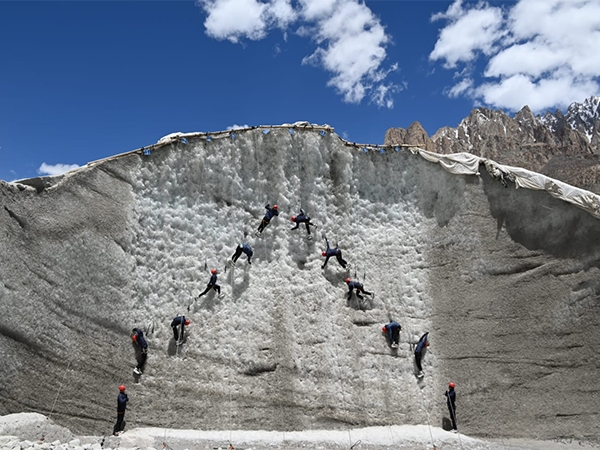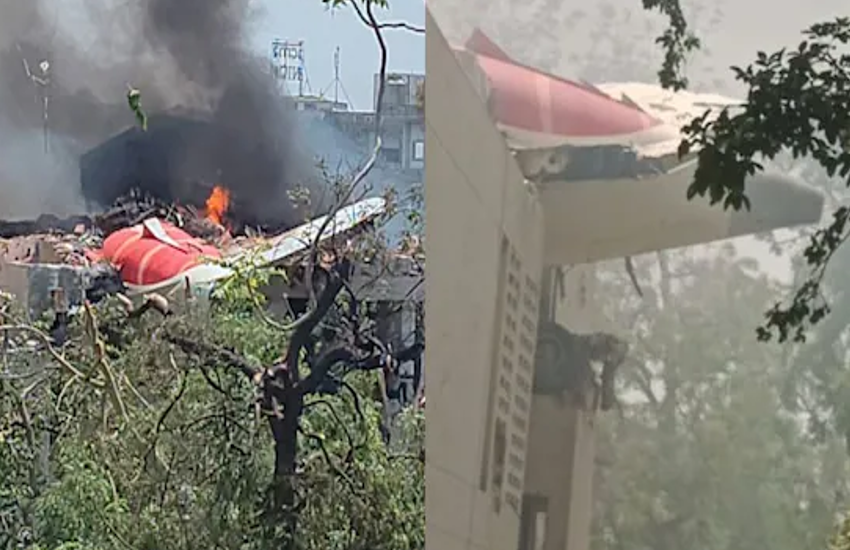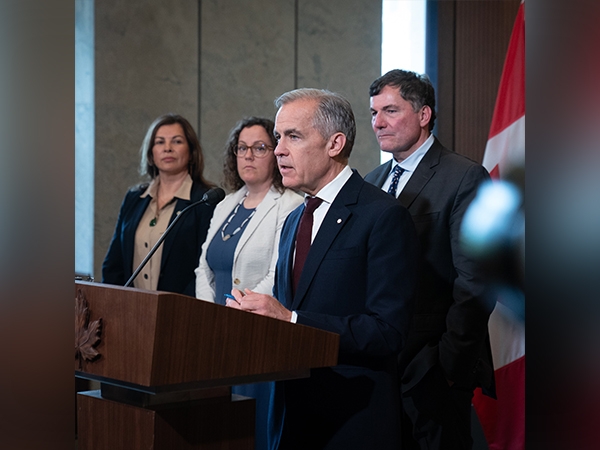Modi govt gives up Skill India targets, proves slogans don't make a good scheme

It's almost like a New Year's Resolution – you make a promise, and within a few weeks, you forget all about it and move on. But when the government of a country does it, should one not raise a hue and cry?
By abandoning its own target of skilling 40 crore Indians by 2022, that's exactly what the Narendra Modi government has done.
In July 2015, with much fanfare, the government set itself this steep target. In a country where over a million people enter the job market every month, a successful Skill India Mission would have been the perfect catalyst for high octane growth of the economy.
But within two years of the grandiose announcement, the government has abandoned the target set under the mission, saying: “We don't want to chase any number.”
Why India needs skilling
According to the fact-sheet prepared by the government at the time of Skill India's launch, the country currently faces a severe shortage of well-trained, skilled workers.
“It is estimated that only 2.3% of the workforce in India has undergone formal skill training, as compared to 68% in the UK, 75% in Germany, 52% in USA, 80% in Japan and 96% in South Korea. Large sections of the educated workforce have little or no job skills, making them largely unemployable. Therefore, India must focus on scaling up skill training efforts to meet the demands of employers and drive economic growth,” it stated.
Painting over the cracks
The UPA government was in power between 2004 and 2014. And while it took India to the fourth rank in terms of the size of world economies, a major criticism was that it had led the country down the path of jobless growth.
In its final year in power, a report by the Institute of Applied Manpower Research, a think-tank of the erstwhile Planning Commission, criticised the UPA government, saying “in the period 2005-10, the manufacturing sector saw the loss of five million jobs. The services sector, which saw a massive growth of jobs during 2000-2005 of 18 million jobs, witnessed only four million additional jobs in 2005-2010”, as reported by the Times of India.
Modi, in his speeches in the run-up to the 2014 Lok Sabha elections, often said that he would give jobs to India's youth. At a rally in Agra in 2013, Modi promised: “If the BJP comes to power, it will provide one crore jobs, which the UPA government could not do despite announcing it before the last Lok Sabha polls.”
The UPA did have a plan similar to the Skill India Mission, except that it had a modest target of skilling 15 crore people by 2022.
So, when the Modi government prepared a new plan for skilling India, it should have ensured a fool-proof plan, free of the mistakes made by the previous government.
Instead, it just applied a fresh coat of (expensive) paint to cover the cracks on the wall, without bothering to check the foundations of the building that had resulted in the cracks in the first place. It was almost as though the Modi government thought a bit of pomp and show was the panacea for the follies of the past.
But now, after an expenditure of over Rs 14,000 crore, the ghosts of the past have begun to haunt the present government.
Repeating UPA's mistakes
The Sharada Prasad Committee constituted by the government to evaluate the performance of the Skill India Mission drew a comparison between the NDA's tenure and the UPA's.
The Wire quoted it as saying: “As we have seen, out of 18.03 lakh persons trained under PMKVY in 2015-16, only 12.4% persons were placed. Similarly, under the STAR scheme (implemented by UPA), out of 14.15 lakh persons trained and certified in 2014-15, only 8.5% persons were placed. The Government of India provided Rs 1,000 crore under STAR and Rs 1,500 crore under PMKVY.”
The report also stated that all the public funds were used without serving the two basic objectives of meeting the exact skill needs of the industry and providing employment to youth.
In its three years so far, the NDA government has, time and again, shown a penchant for repeating the UPA's mistakes, even though it came to power with a promise to correct them.
Surprisingly, in most cases, the NDA's performance has fallen short of even the UPA's low benchmarks, especially in terms of job creation.
The Modi government, between July 2014 and December 2016, created 6.41 lakh jobs in the eight major sectors – including manufacturing, trade, construction, education, health, information technology, transport, and accommodation, according to the Labour Ministry's own data. The data excludes a three-month period between January and March 2016.
The Manmohan Singh government, between July 2011 and December 2013, had created 12.8 lakh jobs in the same sectors.
Where is it all heading?
Though a comparison between the UPA and the NDA is indeed one between two laggards, it is important to judge where the present government is headed.
India's demographic dividend is expected to last only until 2040. Failing to capitalise on it will mean missing the bus when it comes to India's hope of entering the club of powerful nations, whose per capita incomes are 35 times that of India.
Therefore, it is very important for not just the Modi government, but also its successors, to put emphasis on coming up with effective on-ground implementation, not just slogans.
First published: 8 June 2017, 22:50 IST






![BJP's Kapil Mishra recreates Shankar Mahadevan’s ‘Breathless’ song to highlight Delhi pollution [WATCH] BJP's Kapil Mishra recreates Shankar Mahadevan’s ‘Breathless’ song to highlight Delhi pollution [WATCH]](https://images.catchnews.com/upload/2022/11/03/kapil-mishra_240884_300x172.png)

![Anupam Kher shares pictures of his toned body on 67th birthday [MUST SEE] Anupam Kher shares pictures of his toned body on 67th birthday [MUST SEE]](https://images.catchnews.com/upload/2022/03/07/Anupam_kher_231145_300x172.jpg)






